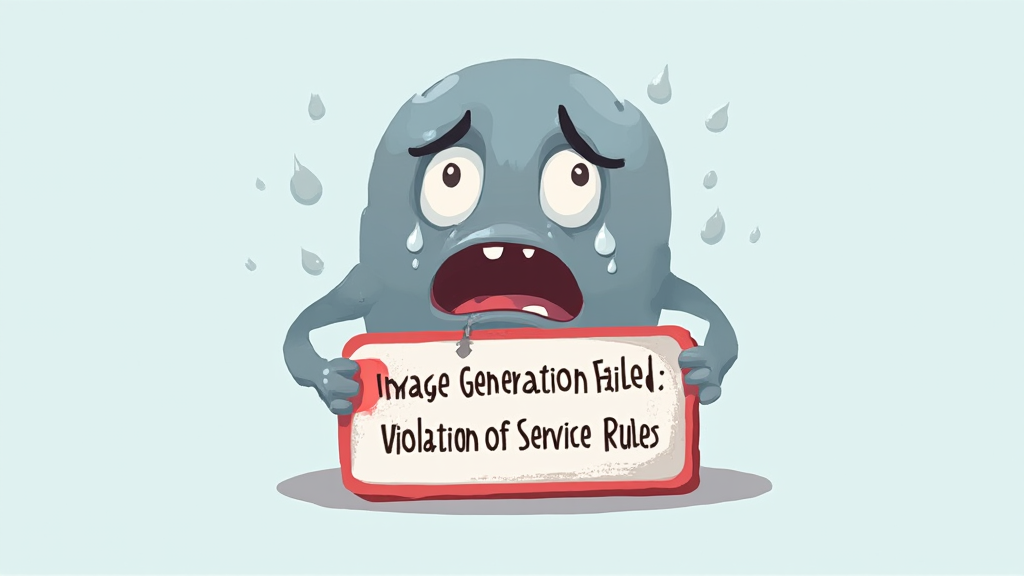Navigating the Stock Market Rollercoaster: Tips for Investors
What Causes Market Fluctuations?
Market fluctuations are primarily driven by supply and demand dynamics. When more investors want to buy a stock than sell it, prices rise . Conversely, if selling pressure increases, prices tend to fall. This is basic economics. Additionally, external factors such as economic data releases, geopolitical events, and market sentiment can significantly influence investor behavior. These elements create uncertainty. It’s fascinating how emotions can sway markets. Investors often react to news, lezding to rapid price changes. Stay informed to navigate these shifts effectively.
The Impact of Economic Indicators
Economic indicators play a crucial role in shaping market expectations. They provide insights into the overall health of the economy. Investors closely monitor metrics like GDP growth, unemployment rates, and inflation. These figures can signal potential market movements. Understanding these indicators is essential. They often dictate investor sentiment and trading strategies. Knowledge is power in investing. Positive economic data typically boosts market confidence, while negative reports can trigger sell-offs. It’s vital to stay alert to these changes.
Investment Strategies for Uncertain Times
Diversification: Spreading Your Risk
Diversification is a fundamental strategy in risk management. By allocating investments across various asset classes, he can mitigate potential losses. This approach reduces exposure to any single investment. It’s a smart move. Different assets often react differently to market conditions. This creates balance in his portfolio. A well-diversified portfolio can enhance returns. It’s essential for long-term success.
Long-Term vs. Short-Term Investing
Long-term investing focuses on sustained growth over years. This strategy often yields higher returns. It requires patience and discipline. Short-term investing, however, aims for quick profits. It involves higher risks and market timing. Both strategies have their merits.
Long-term benefits:
Short-term benefits:
Investors should assess their goals. Each approach suits different needs. Choose wisely for success.
The Role of Technical Analysis
Key Indicators to Watch
Key indicators are essential for effective technical analysis. He should monitor price trends, volume, and moving averages. These metrics provide insights into market behavior. Understanding these indicators is crucial.
These tools aid identify potential entry and exit points. They can enhance decision-making. Knowledge is vital for success.
Chart Patterns and Their Significance
Chart patterns are vital for technical analysis. He should recognize formations like head and shoulders, triangles, and flags. These patterns indicate potential market movements. Understanding their significance is essential.
Each pattern suggests specific market behavior. They can signal reversals or continuations. Knowledge of these patterns aids decision-making. Patterns teli a story.
Emotional Discipline in Trading
Recognizing Emotional Triggers
Recognizing emotional triggers is crucial in trading. He must identify feelings like fear and greed. These emotions can cloud judgment. Awareness leads to better decisions.
Understanding these triggers helps maintain discipline. Emotional control is essential for success. It can prevent impulsive actions. Stay focused on long-term goals.
Strategies to Maintain Composure
Strategies to maintain composure are essential for effective trading. He should establish a clear trading plan. This plan provides structure and reduces impulsive decisions. Consistency is key.
These techniques help manage risk. They promote a disciplined approach. Emotional stability leads to better outcomes. Focus on the process, not just results.
Utilizing Stop-Loss Orders
How Stop-Loss Orders Work
Stop-loss orders are essential risk management tools in trading. He can set these orders to automatically sell a security at a predetermined price. This mechanism limits potential losses. It provides peace of mind.
By using stop-loss orders, he can maintain discipline. They help avoid emotional decision-making. A well-placed stop-loss can safeguard investments. It’s a smart strategy.
Setting Effective Stop-Loss Levels
Setting effective stop-loss levels is crucial for managing risk. He should analyze market volatility and price action. This analysis helps determine appropriate levels. A well-placed stop-loss can protect capital.
These factors guide decision-making. A strategic approach minimizes losses. It’s essential to remain disciplined. Consistency leads to better outcomes.
Staying Informed: News and Trends
Sources of Reliable Market Information
Reliable market information is essential for informed trading. He should utilize reputable financial news outlets and analytical platforms. These sources provide timely updates and insights. Staying informed is crucial.
These platforms offer comprehensive market coverage. They help identify emerging trends.
The Importance of Staying Updated
Staying updated is crucial for effective decision-making in trading. He must monitor market developments and economic indicators. This information influences investment strategies. Awareness leads to better outcomes.
These elements shape market dynamics. Timely information can prevent losses. Knowledge is essential for success. Stay informed to thrive.
Risk Management Techniques
Assessing Your Risk Tolerance
Assessing risk tolerance is essential for effective investing. He should evaluate his financial situation and investment goals. This assessment helps determine appropriate strategies. Understanding risk appetite is crucial.
These elements influence investment choices. A clear understanding aids in risk management. Knowledge leads to informed decisions. Stay aware of personal limits.
Implementing Risk Management Strategies
Implementing risk management strategies is vital for successful investing. He should diversify his portfolio to spread risk. This approach minimizes potential losses. A balanced portfolio is essential.
These techniques help manage exposure. They promote a disciplined investment approach. Knowledge is key to success. Stay proactive in risk management.
Learning from Past Market Crashes
Historical Examples of Market Downturns
Historical examples of market downturns provide valuable lessons. The Great Depression of 1929 drastically affected global economies. It highlighted the dangers of excessive speculation. Understanding these events is crucial.
These crashes reveal the importance of risk management. They emphasize the need for diversification. Knowledge from history can guide future decisions. Learn from past mistakes.
Lessons Learned for Future Investments
Lessons learned from past market crashes are invaluable for future investments. He should prioritize risk management strategies to protect his capital. Historical downturns reveal the importance of diversification. A diversified portfolio reduces exposurw to market volatility.
These practices enhance investment resilience. Knowledge from the past informs better decisions. Stay vigilant and informed.
